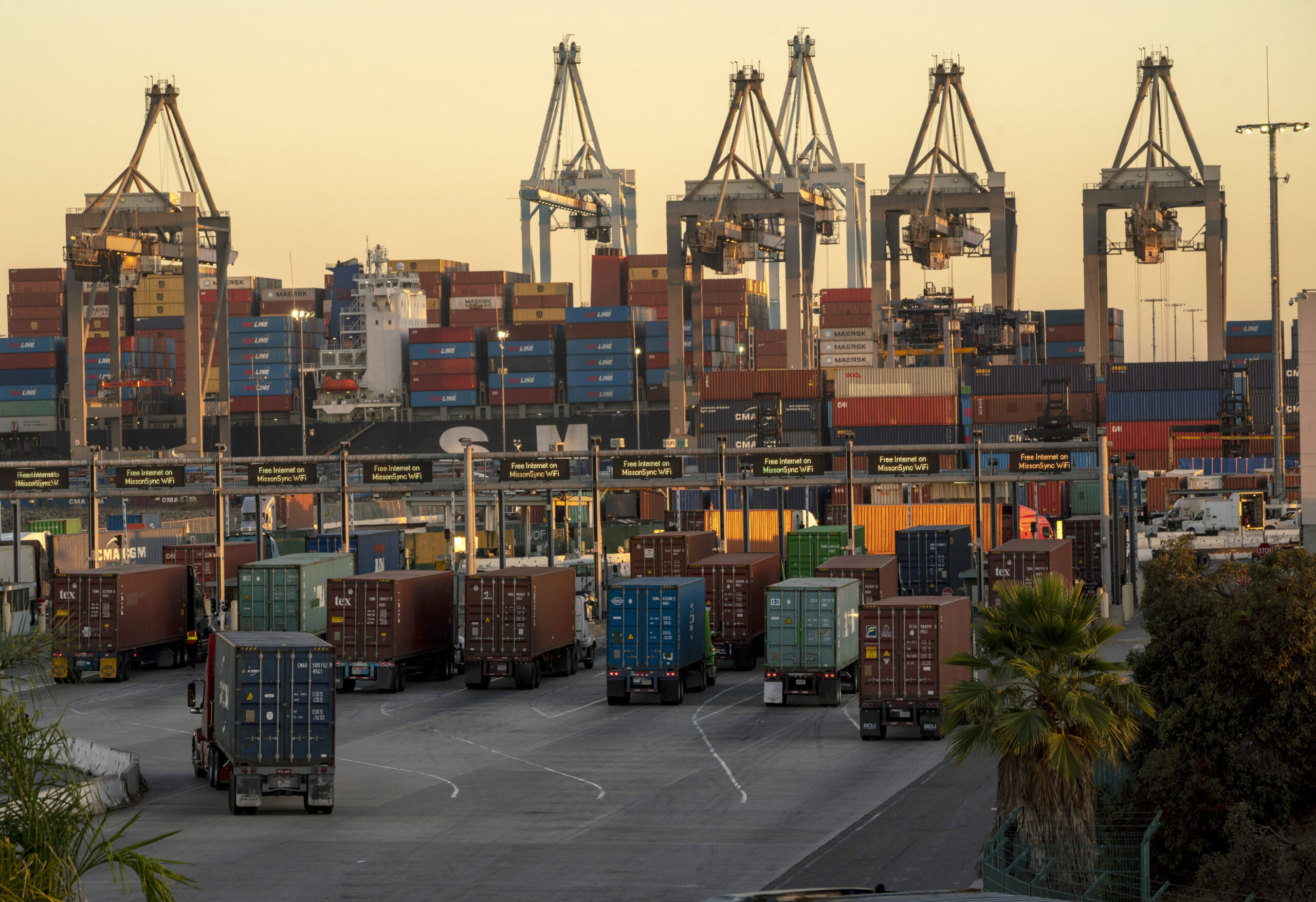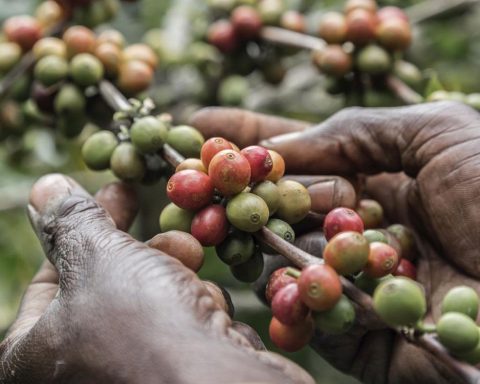The past couple of years have been a huge logistic headache; it might have been related to lockdown, it might have happened independently, opinions differ. Anyway, congested ports, containers in the wrong part of the world, and not enough truck drivers have been a constant feature in the business news worldwide. It was not just a question of delays in receiving goods bought online. Shipping became more expensive and less reliable, there have been supply issues in shops, many manufacturers experienced problems with production due to unreliable delivery of spare parts. There was the widespread perception that Global Trade had stopped working, or, at best, its gears were not adequately oiled.
From higher freight rates to higher salaries for the (few) active truck drivers, the higher logistic costs directly or indirectly pushed up retail prices. In other words, it became one of the triggers for price inflation. Apparently, all of this is about to change for the better.
Few pay attention to the Baltic Dry Index, which charts the price of shipping raw materials around the world. It is an excellent barometer of the state of world trade. The index kept going up during 2020 and 2021 until October 7th, 2021, when it reached its peak. Since then, it has started going down steadily, and it is still going down.
An index of shipping prices that is going down indicates that it is easier, and therefore cheaper, to source ships. The beneficial effect of lower shipping prices may not have reached the aisles of supermarkets yet, but industry players are beginning to think that the Great Supply Chain crisis may soon be over.
The effect has not reached retail prices yet, but shipping and logistics companies have seen their shares go up. For instance, in the third week of January, shares in Wincanton, a British logistics company, have gone up by 13.2 percent. Share prices aside, lower shipping means that shipping goods will cost less; ease in port congestion indicates that goods will reach their destination faster, freeing containers for further use. It is the beginning of a virtuous circle that may see the return of reliable just-in-time supplies, eliminating some of the recent bottlenecks that have plagued many manufacturers in Europe and North America.
Ultimately, the “gears” that keep the global supply chain going will be oiled again, products will reach the shelves within a reliable delivery time, and shipment costs will stop rising.
Optimistic forecasts aside, a lower Baltic Dry Index is a harbinger of good news. Other factors may influence the evolution of costs and retail prices, but there is every indication that the global supply chain is not grinding to a halt just yet.




